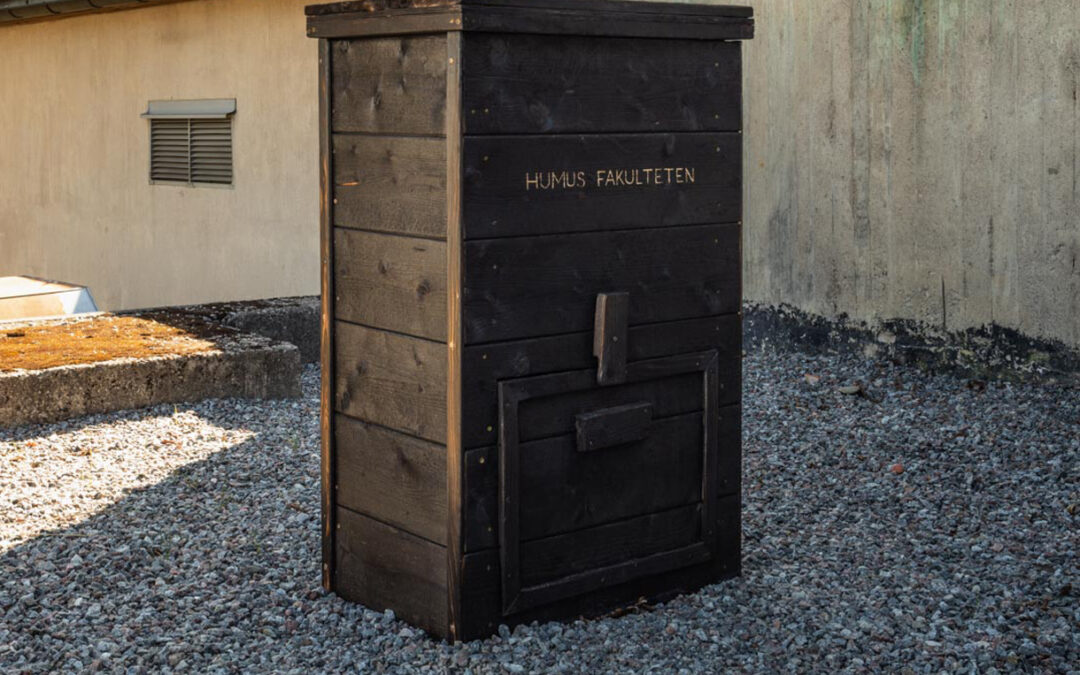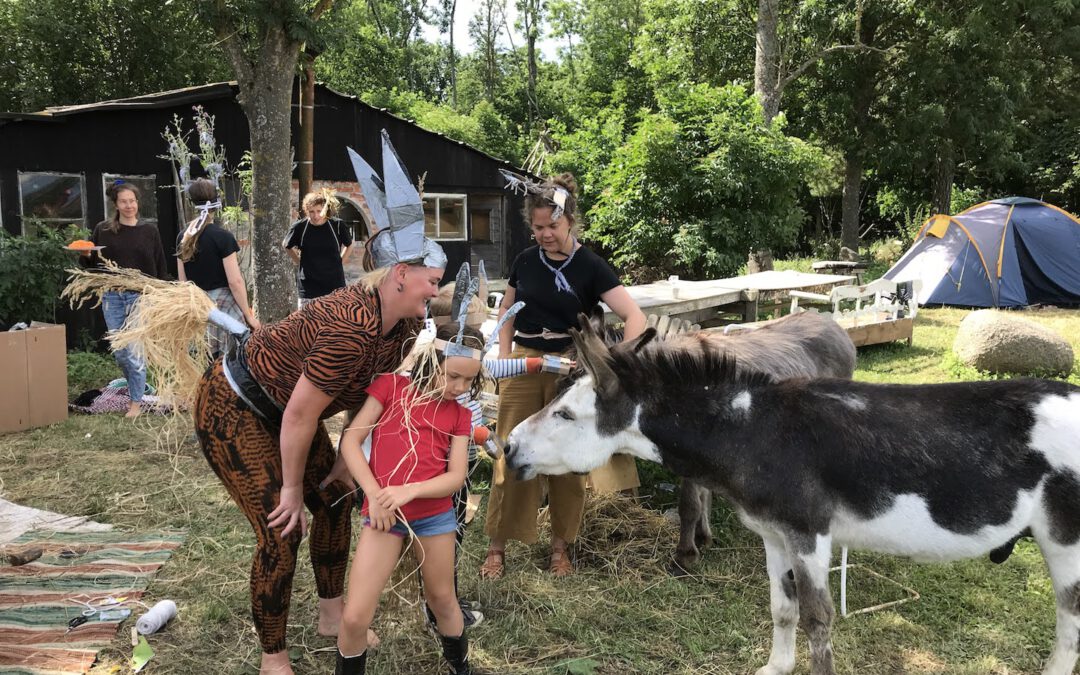Soil symposium
Soil symposium
The Soil Symposium is a cross disciplinary meeting place for artists and researchers to discuss the matter, memories and futures of soil.
The focus of the seminar will be the work of Swedish art and agriculture group Kultivator, who will share their commission for The Experimental Field called the Soil Faculty.
The symposium is a gathering site for the researchers from many different fields who have contributed to the Experimental Field to connect in an interdisciplinary environment. Departing from the artwork presented by Kultivator, the symposium is a practical way to share inter-disciplinary perspectives on the vast topic of soil as experimental matter.
Curator and moderator of the Soil Symposium is Bronwyn Bailey-Charteris, Project Leader Researcher Collaborations at Accelerator.
















